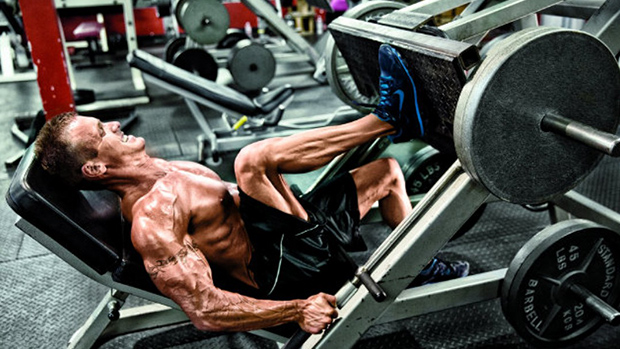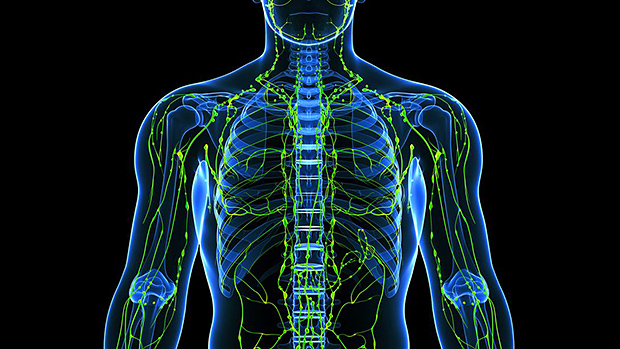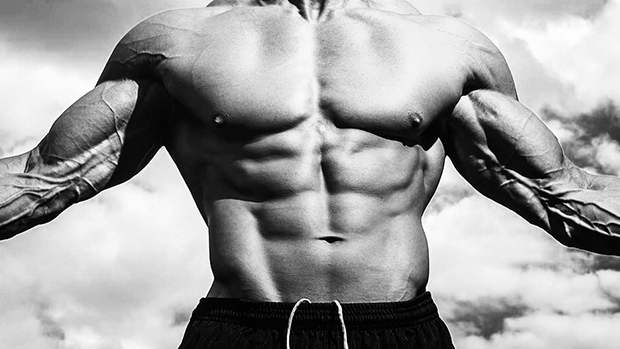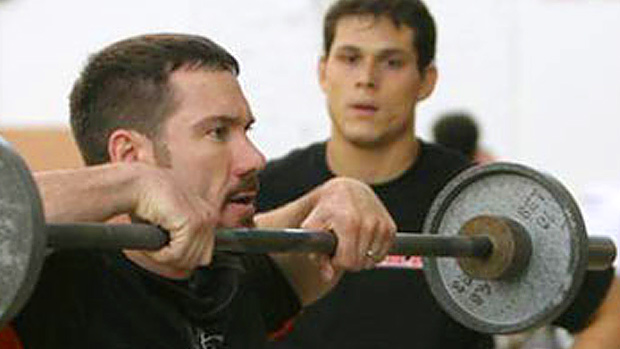Introduction
There's an interesting phenomenon in the wonderful world of sport sciences that's often been neglected when it comes to training aimed at building maximum muscle mass. This concept is called the bilateral deficit (BLD). It refers to the fact that you can't normally produce as much force when two bilateral limbs are performing the exercise simultaneously, as opposed to when we exercise each limb individually and add the force of each side.
For example, the sum of your maximum leg extension strength with both legs will be inferior to the sum of your right leg extension strength and your left leg extension strength when they're worked individually.
Understand for this discussion that bilateral exercises refer to movements where the same limb(s) work at the same time and do the same task.
Any barbell lift is bilateral, as are dumbbell exercises where both sides work at the same time. Machine and cable work where both sides are involved at the same time are bilateral, too. Unilateral exercise refers to movements where each side is worked independently or alternatively (e.g. a lunge, a step-up, 1-leg extension, 1-leg curl, 1-leg press, alternate dumbbell curl, alternate DB shoulder press, etc.).
The importance of the bilateral deficit varies, depending on the training level of the athlete. Beginners have a greater BLD (they are a lot less efficient in movements with both limbs) while advanced athletes have less of a BLD.
Training experience can also play a role since athletes who use mostly bilateral exercises won't have a BLD that's as significant as athletes who rarely use bilateral training.
Limb length also plays a role in the phenomenon, with individuals who have longer limbs normally exhibiting a greater bilateral deficit. Finally, individuals with a very efficient nervous system (effective at recruiting high-threshold motor units) will have less of a bilateral deficit. In some cases, athletes with a super efficient CNS who spend all of their time on bilateral exercises (Olympic lifters and powerlifters, for example) can actually have a bilateral facilitation instead of a deficit.
The BLD can be attributed to local neural control mechanisms (Howard & Enoka 1991) and a decreased recruitment of high-threshold motor units (Vandervoort et al. 1984). In other words, individuals with a large BLD won't be able to stimulate as much growth if relying only on bilateral movements because they'll have a harder time recruiting their high-threshold motor units.
Key Points
- It's harder for the body to recruit the HTMUs during bilateral than during unilateral exercises. And the greater the BLD is, the more pronounced this effect will be.
- Beginners , athletes with an inefficient CNS, and individuals with long limbs normally have a greater bilateral deficit and, as a result, have a harder time recruiting HTMUs during bilateral work.
- As an individual becomes better trained and more efficient at recruiting the HTMUs, the bilateral deficit will decrease as their capacity to recruit the HTMUs during bilateral work will increase.
Training Applications
It now seems obvious that unilateral work should be part of a good training program. This inclusion is especially important with beginners, long-limbed individuals, and those with an inefficient nervous system. Advanced athletes and those with a very efficient CNS don't need to include as much unilateral work, although it should still remain present in the training program.
We should avoid falling into the extreme though. Unilateral work is very good, but that doesn't mean you should drop all bilateral work! Training on bilateral exercises decreases the bilateral deficit over time while unilateral training doesn't (Janzen et al. 2006).
So if an individual drops all bilateral work from his program, he'll never reduce his BLD. Beginners and long-limbed individuals should include more unilateral work to be able to recruit more HTMUs while they also work on correcting their bilateral deficit with bilateral movements.
Key Points
- Beginner and long-limbed individuals should include more unilateral work to fully stimulate their HTMUs while also including bilateral work for every muscle group to correct the bilateral deficit. In other words, the beginner wants to correct his bilateral deficit but while he does so, he should include more unilateral work to still be able to stimulate as much growth as possible.
- As an individual gains more experience, his CNS will become more efficient at recruiting the HTMUs and as a result his bilateral deficit will decrease. These guys can increase the amount of bilateral and decrease unilateral work (while still keeping it in the program).
Note: This bonus article is adapted from Thib's upcoming book "High-Threshold Muscle Building". This principle and many others related to muscular development will be discussed in that book.





